Information Card
You can find the materials of the Korean Culture Box in the form of cards.
You can find the materials of the Korean Culture Box in the form of cards.
A byeongpoong, or folding screen, with paintings depicting books and writing supplies
A painting depicting a group gathered for poetry and composition
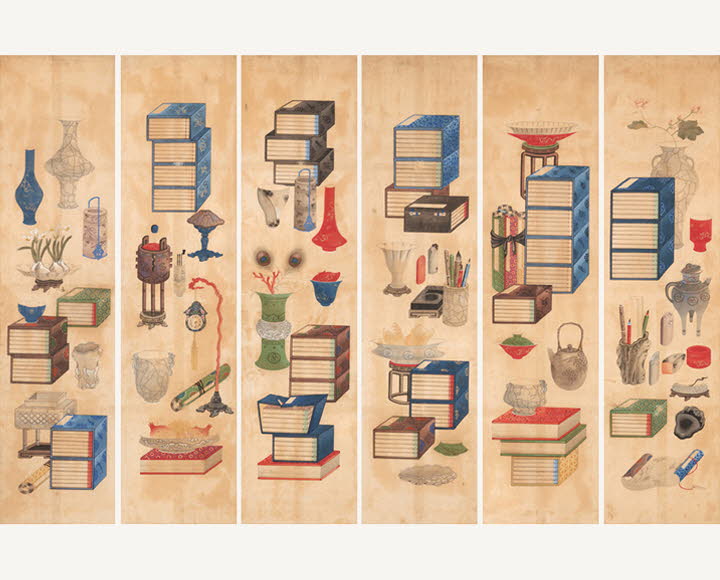
 Sarangbang
Sarangbang
Byeongpoong is a folding screen used to block the wind, cover something, or just for decoration in the room. Chaekgado byeongpoong was used to decorate the sarangbang where the men stayed and the painting featured books, writing supplies, and pottery.
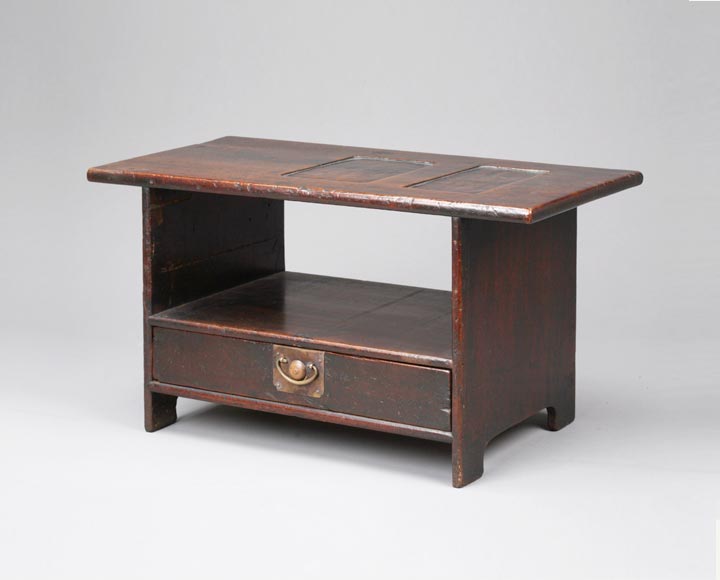
 Sarangbang
Sarangbang
It is a desk used for reading or writing while sitting on the floor. It was usually used in the sarangbang for studying. When there is a guest, the desk was the main furniture in the room, indicating where the host should sit.
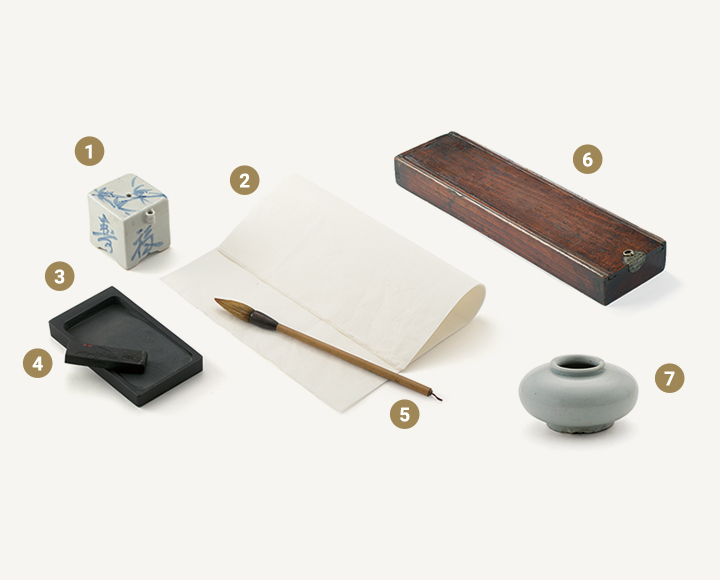
 Sarangbang
Sarangbang
The writing supplies - hanji (paper), brush, ink, and inkstone - were considered "four friends" and called munbangsawoo.
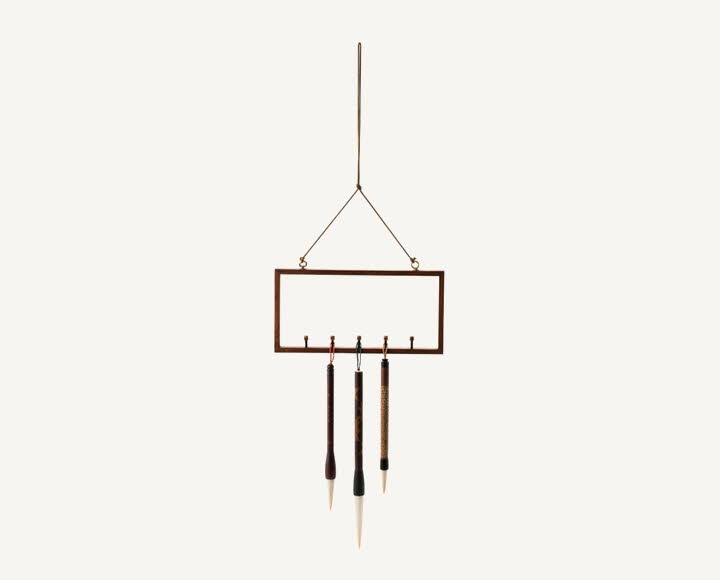
 Sarangbang
Sarangbang
It is a writing supply where you hang a brush. It is used to dry brushes by hanging them on the hooks across the horizontal bar.
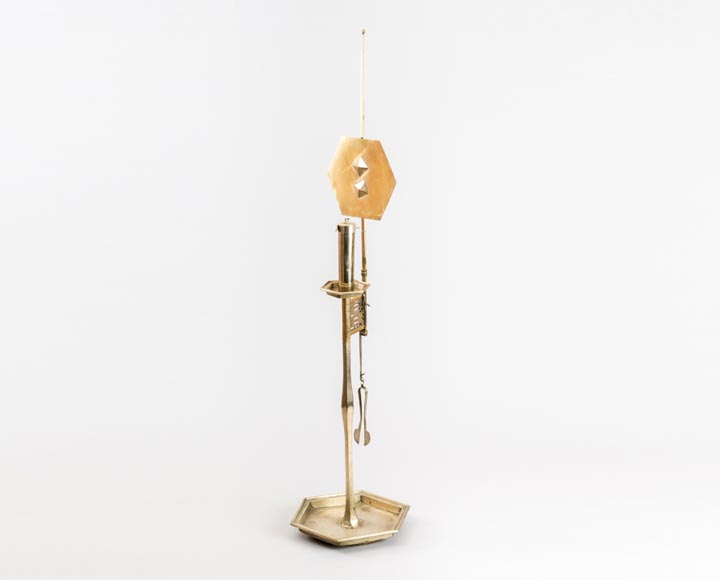
 Sarangbang
Sarangbang
It is a lighting supply where one would place a candle to light. It was usually made out of wood or metal. It is designed to put candles in a short candle stand and had the plate for the wax drippings and a hwaseon that blocks the wind and controls the brightness of the candle.
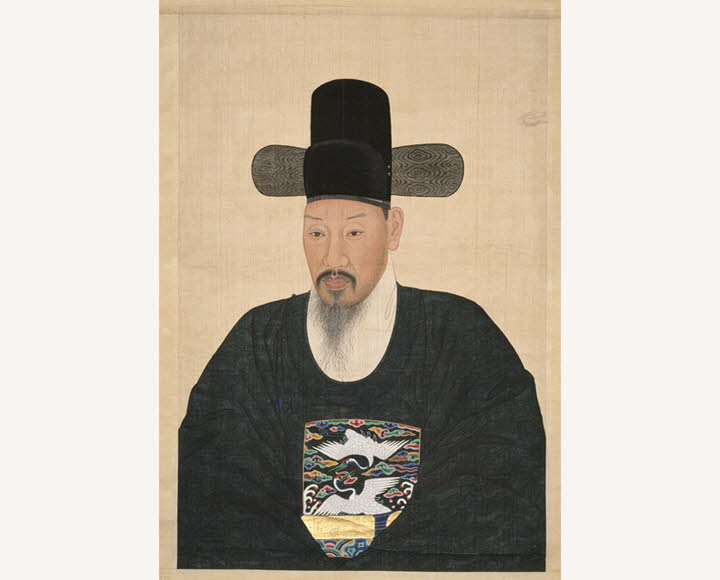
Portrait of Yi Seo-gu with the Crane Hyoongbae | National Museum of Korea
 Sarangbang
Sarangbang
Hyoongbae is an embroidered ornament that the royal family and the government officials in the Joseon Dynasty wore on their chest on top of their clothes. The ornaments usually featured a cranes or a tiger. Civil servants who were in charge of the administrative work wore one with a crane while the military officers in charge of the military affairs were one with a tiger.
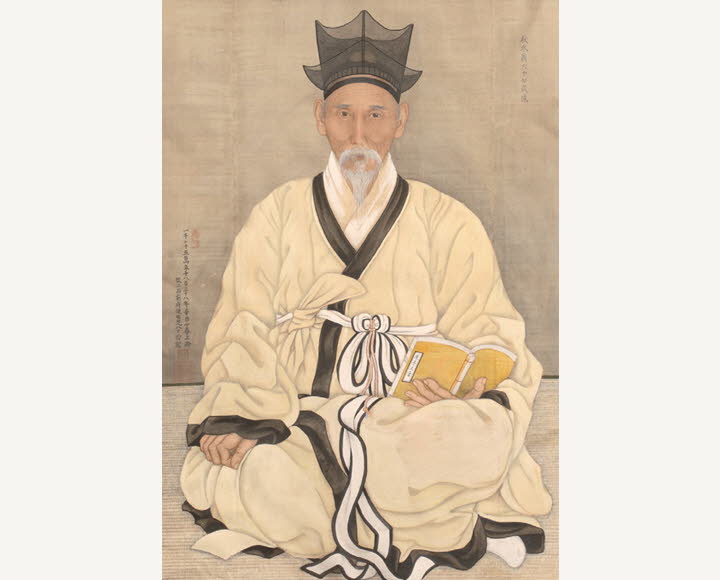
Portrait of Chusu Kim Jedeok with Jeongjagwan
 Sarangbang
Sarangbang
It is a hat worn by the men in the ruling class of the society during the Joseon era called sadaebu. It was in the shape of a mountain and had 2 or 3 layers. The more the number of layers, the more the curve looked smooth and beautiful.
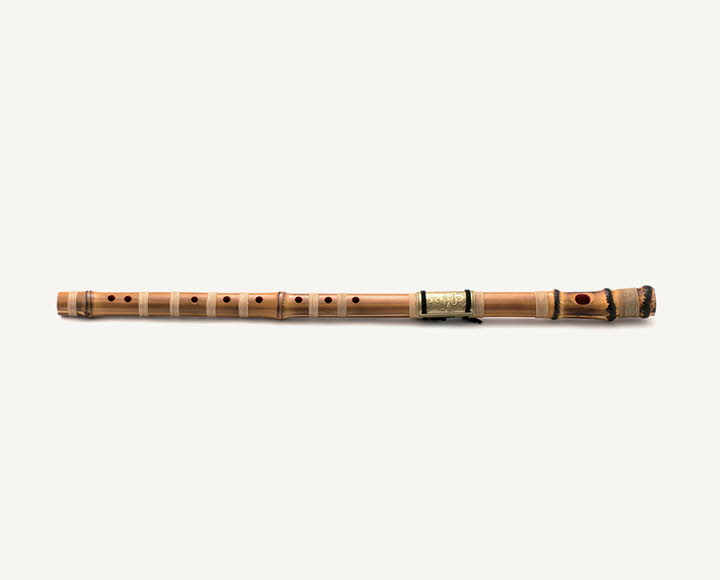
 Sarangbang
Sarangbang
Traditional Korean wind instruments include daeguem, danso, hyangpiri, and taepyeongso. Daegeum has a clear sound with a wide range that it becomes the standard pitch when playing with other instruments.
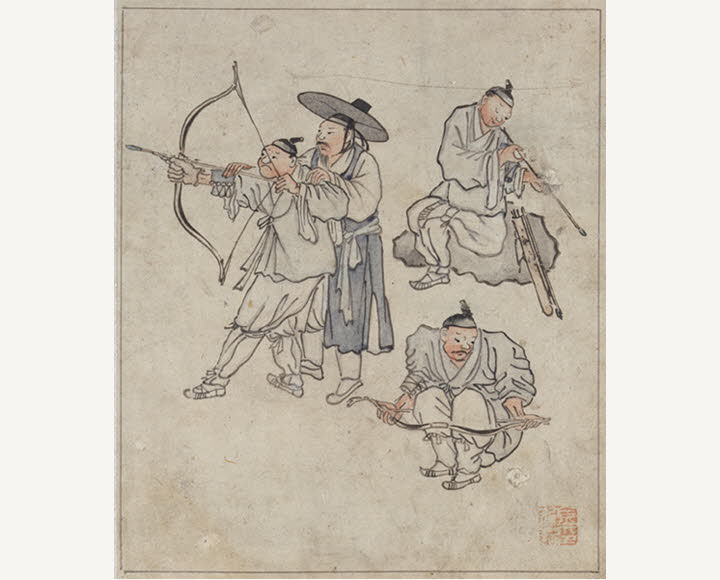
Archery (Gim Hong-do) | National Museum of Korea
 Sarangbang
Sarangbang
Archery was one of the subjects for the military officer recruitment examination. However, seonbis also practiced archery to strengthen their body and cultivate concentration.

Sugyedogwon (Yu Sook)
 Sarangbang
Sarangbang
It is a genre painting that depicts a group of seonbis from the ruling class in the traditional society of Korea to write poems and enjoy the arts. Seonbis in their gat and dopo participate in the gathering to recite poems or to compose. Cigarettes are being used as a social tool.
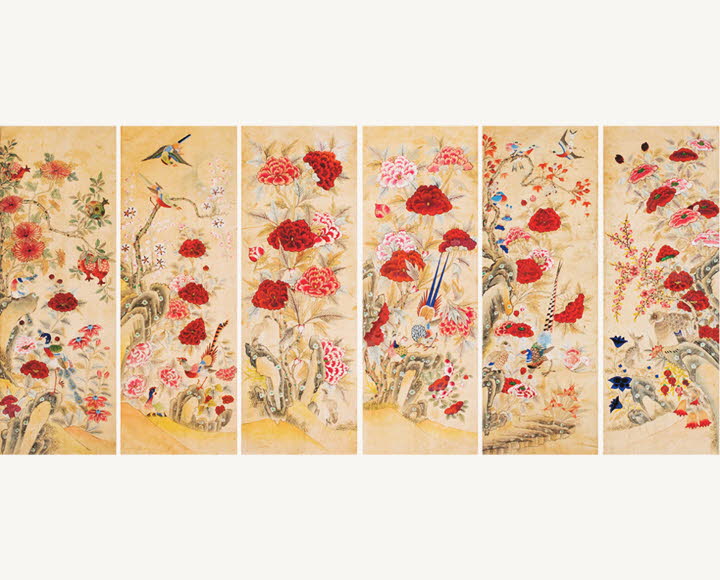
 Anbang
Anbang
Byeongpoong is a folding screen used to block the wind, cover something, or just for decoration in the room. Hwajodo byeongpoong featuring flowers and birds was used to decorate the anbang where the women stayed. Peony was the king of the flowers symbolizing wealth and honor.
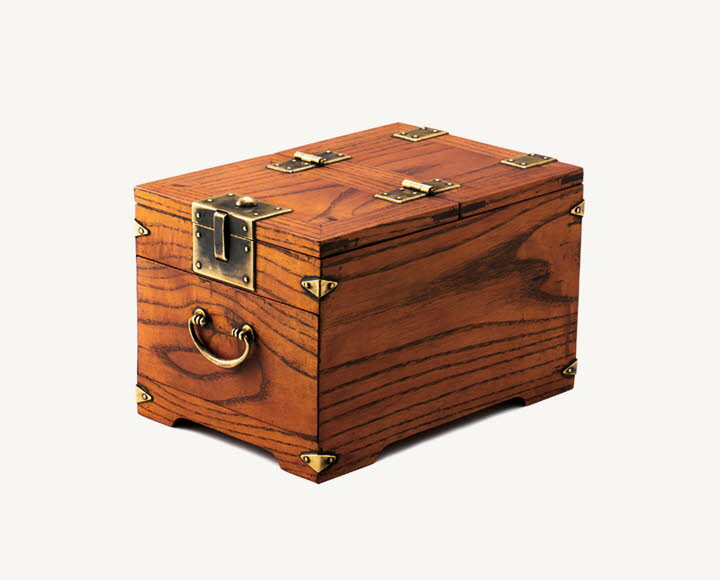
 Anbang
Anbang
It is a piece of small furniture with a mirror that women used when getting ready. There is a mirror on the top cover and a drawer on the bottom to keep cosmetics and other accessories. The angle of the mirror is just right for using while sitting on the floor
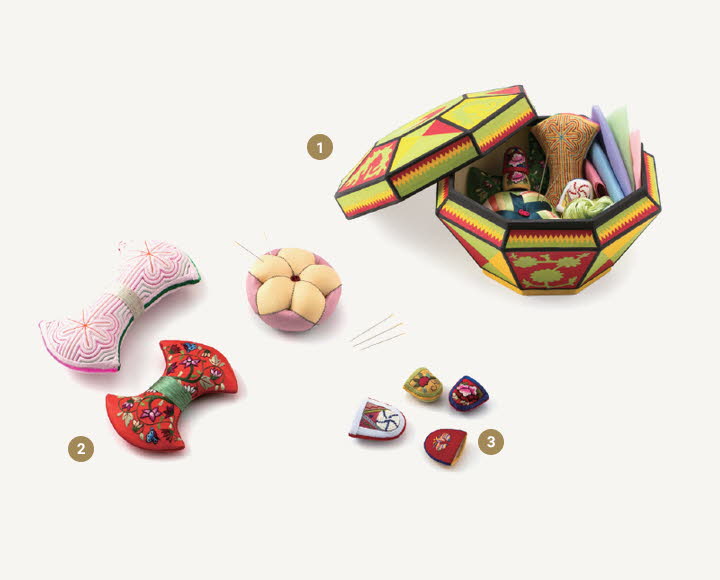
 Anbang
Anbang
Different materials including paper and wood to make the sewing box in various shapes to keep the sewing tools such as needles, threads, thimbles, scissors, iron, and ruler. * Excluding the fabric, the seven tools necessary for sewing - thread, needle, scissors, two types of iron, ruler, and thimble - were called gyujungchilwoo, meaning seven friends.
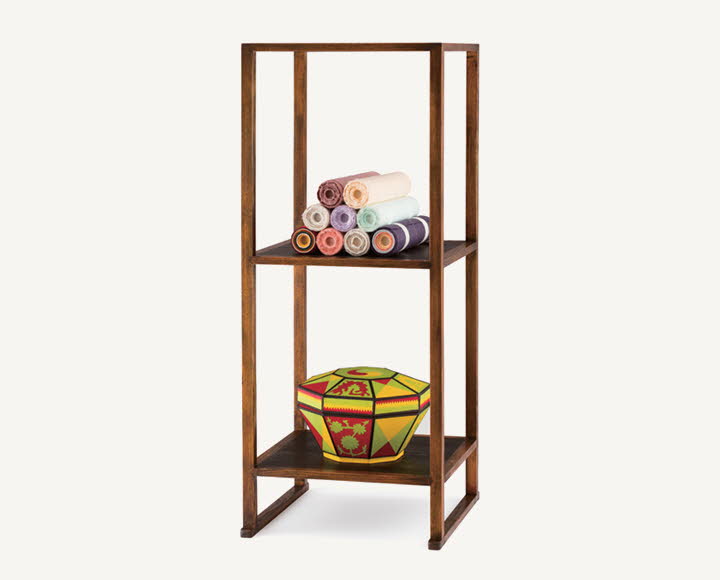
 Anbang
Anbang
It is a shelf used in the sarangbang or anbang to store books, vases, or other objects. It is called sabangtakja as it is open in all four sides (sabang). The width and the height are of the same length that it boasts a great proportion and shape.
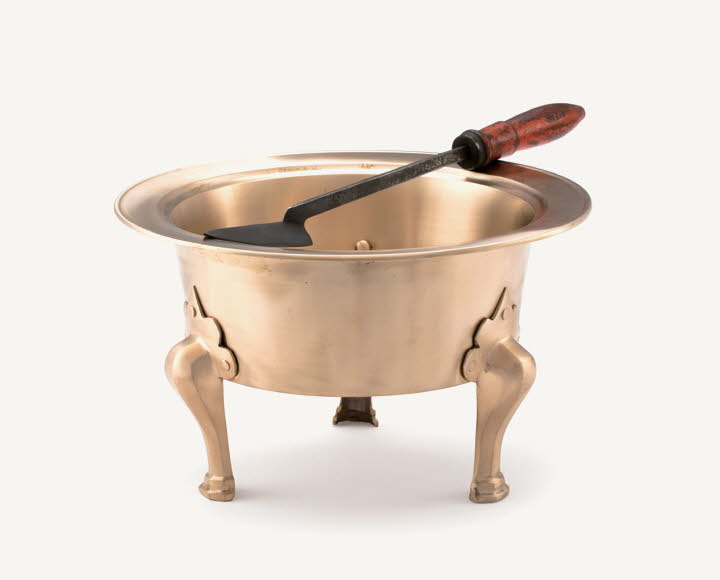
 Anbang
Anbang
It is a container for storing embers with charcoal. The brazier has been used for many purposes such as to heat food in the room or to heat the iron for clothes. It was believed that there should always be embers in the house to keep away the bad energy, so the women made sure to keep the embers in the brazier.
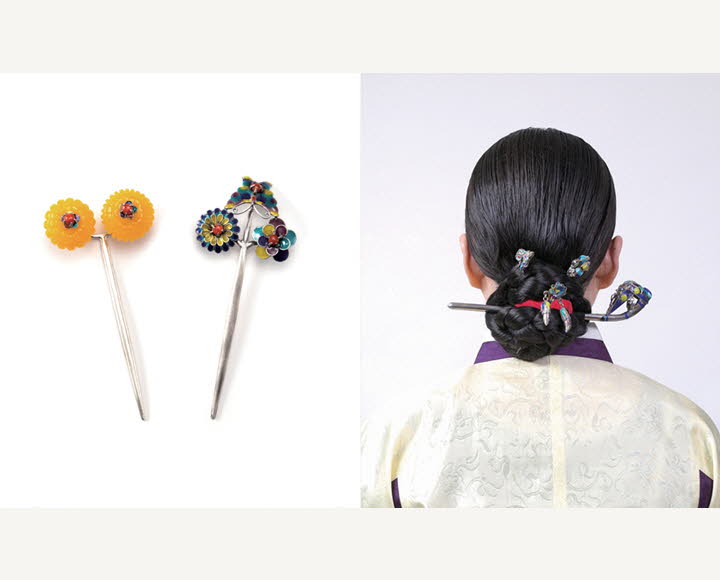 Dwikkoji
A hair bun
Dwikkoji
A hair bun
Culturecontent.com of Korea Creative Content Agency
 Anbang
Anbang
It is a traditional Korean hair ornament that was used as a decorative tool to hold an up-do. Duiggotyi is an hair ornament that is added to the hair fixed with a binyeo.
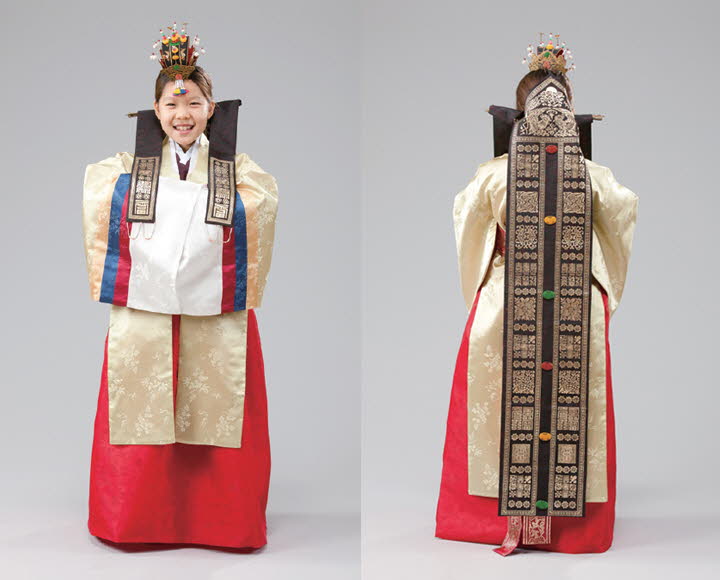
 Anbang
Anbang
Decorated with apdaenggis (left) and a doturak daenggi (right)
Jokduri is a decorative coronet worn by the bride for the wedding ceremony. The bride wears the jokduri and addes an apdaenggi and a doturak daenggi to the big binyeo. Apdaenggi hangs from each side of the big binyeo to cover each shoulder and doturak daenggi drops below from the back of the head for decoration.
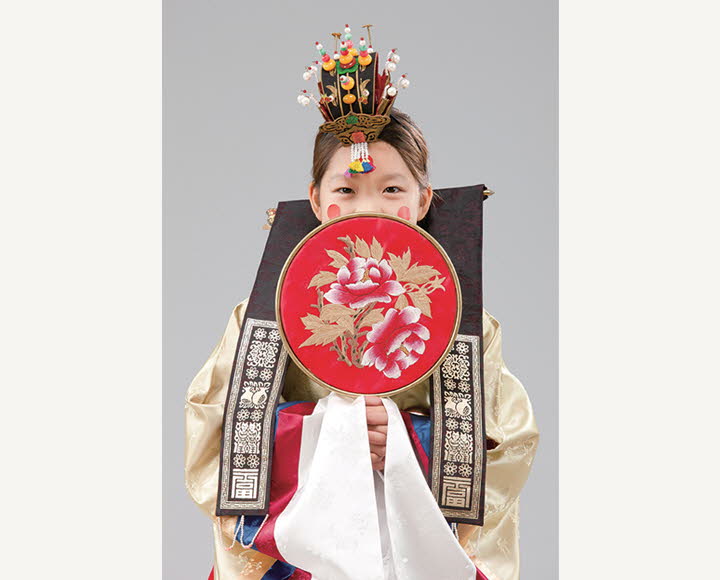
 Anbang
Anbang
It is a circular fan used to cover the bride's face during the wedding ceremony. The embroidered peony on the fan symbolizes wealth and honor and longevity.
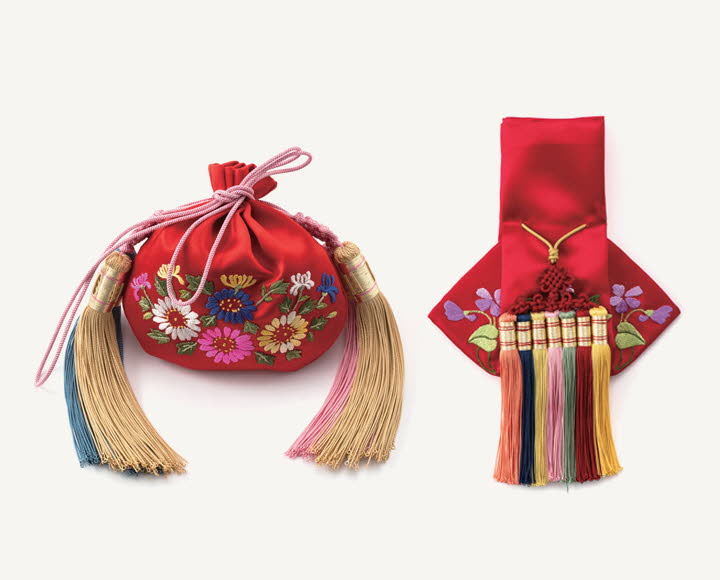 Durujumeoni
Gwijumeoni
Durujumeoni
Gwijumeoni
 Anbang
Anbang
Since hanboks do not have pockets, people carried around a pouch to keep their belongings. They embroidered colorful decorations on the touch to prevent misfortunes and wish happiness. The round-shaped pouch is called durujumeoni and the pouch with sharp corners is called gwijumeoni.
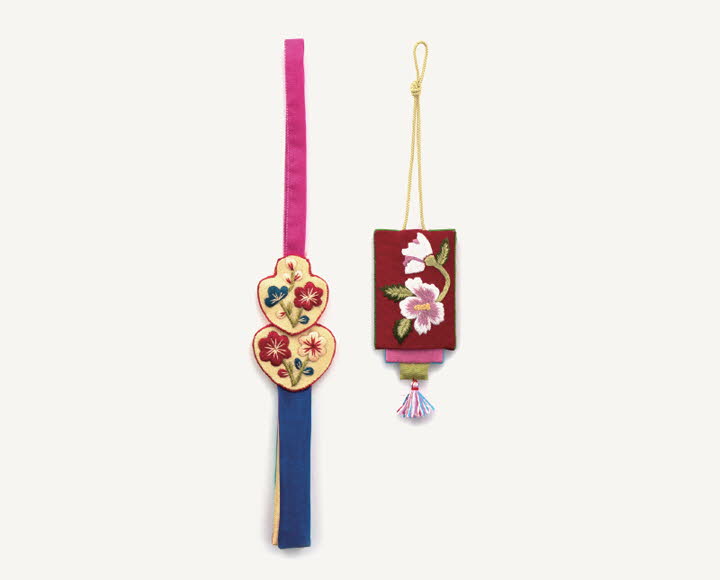 Baneuljip norigae
Baneuljip norigae
 Anbang
Anbang
It is an ornament to wear on the goreum of jeogori or the skirt's waist. The ornament is made in different shapes using gold, silver, emerald, and amber as the material. Danjak norigae is a jewelry with one tassel, and samjak norigae has three tassels. Baneuljip norigae was a practical accessory that was used to store a needle inside.
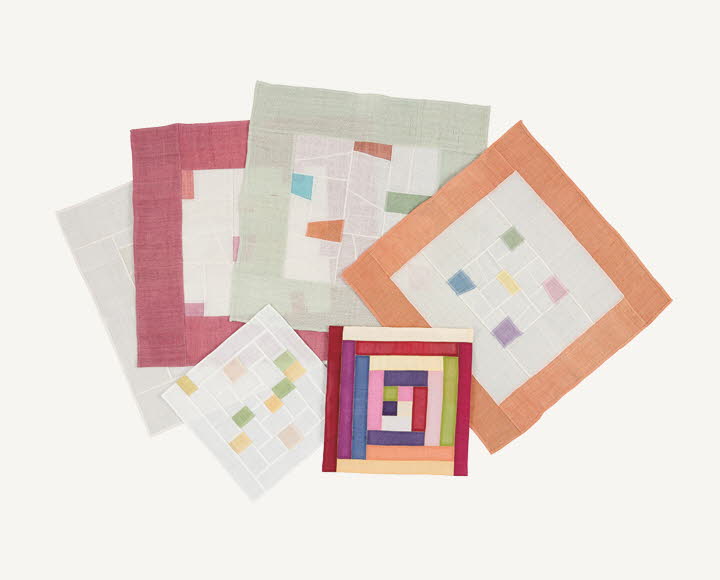
 Anbang
Anbang
It is a small bojagi made by sewing the leftover fabrics together to wrap small items. Bojagi is a square cloth that is made to cover an item to store or to carry.
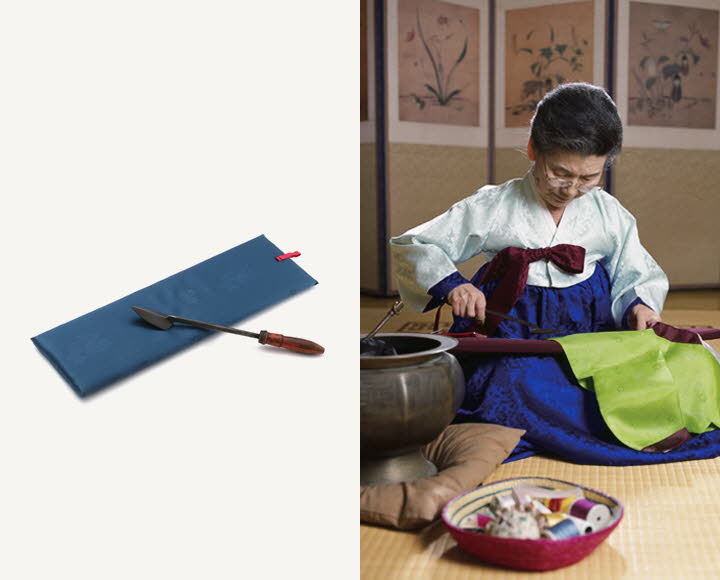
 Anbang
Anbang
Indu is a type of iron that is heat up with fire and used to remove wrinkles in the seams or edges of clothing. Indupan is a tool for holding the iron while pressing. It is made by placing cotton on top of a piece of board and wrapping with fabric.
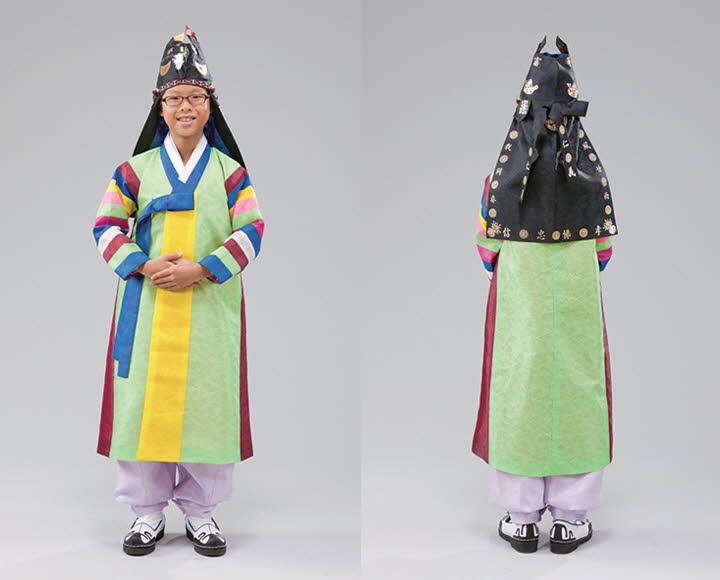
 Hanbok
Hanbok
It is a hat that boys wore on Korean New Year's Day or dol. It was made in the shape of a tiger to prevent bad energy or evil spirits from coming near while wishing for health and longevity.
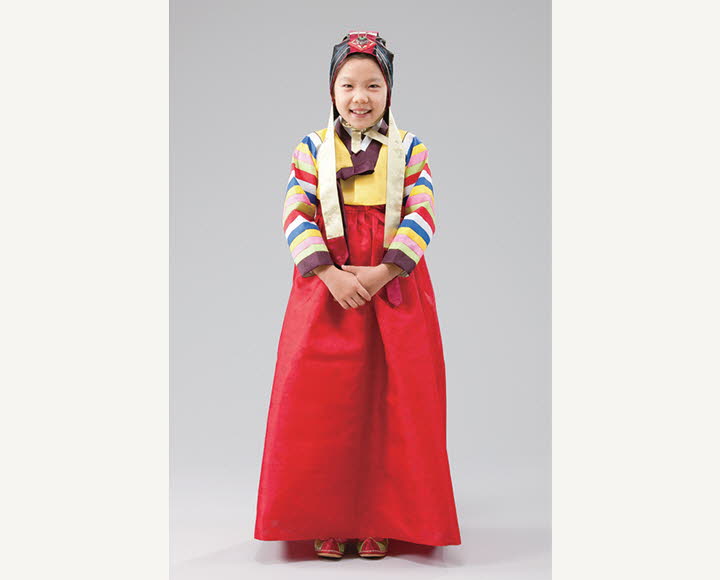
 Hanbok
Hanbok
It is a hat for girls that has several strands of daenggi. Today, girls usually wear it on their doljanchi, or the first birthday party, with a saekdongjeogori and a scarlet-colored skirt.
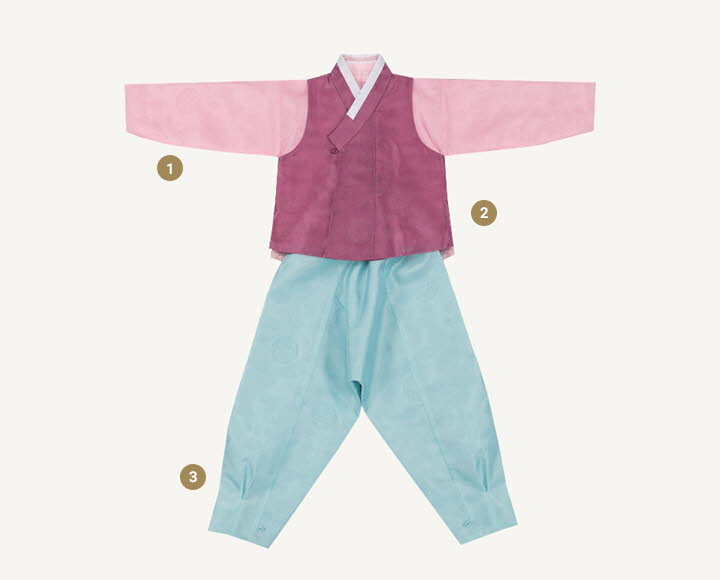
 Hanbok
Hanbok
Hanbok for men consists of a jeogori and baji. Sometimes, men wear a baeja over the jeogori top.
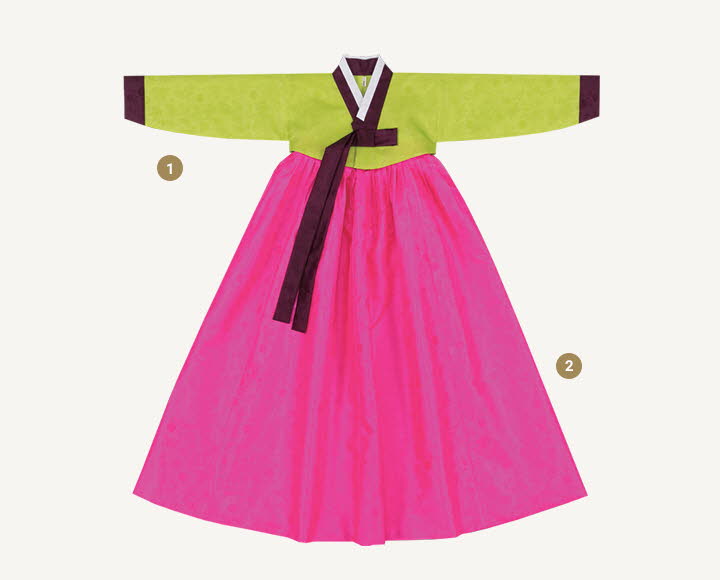
 Hanbok
Hanbok
Hanbok for women consists of a jeogori and chima. Sometimes, women wear a baeja on top of a jeogori or add an ornament like norigaes.
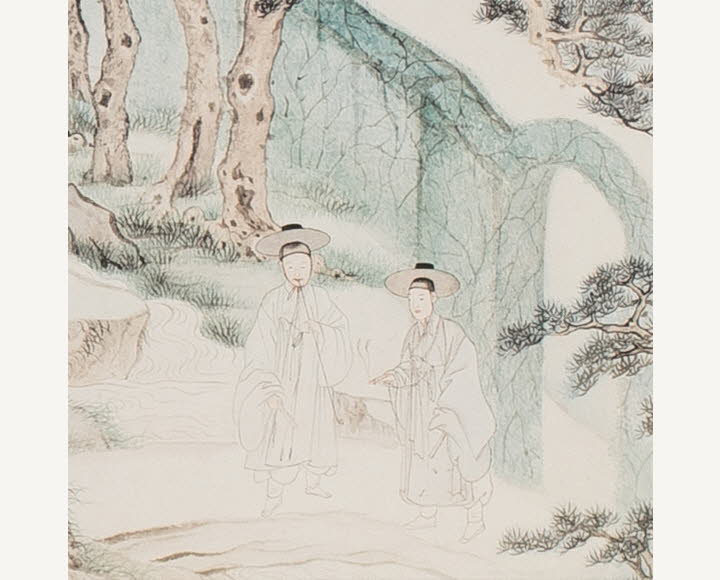
Part of Sugyedogwon (Yu Suk)
 Hanbok
Hanbok
It is a hat, also known as heuklip, that men wore when going outside in the Joseon era. Only grown-ups were allowed to wear one.
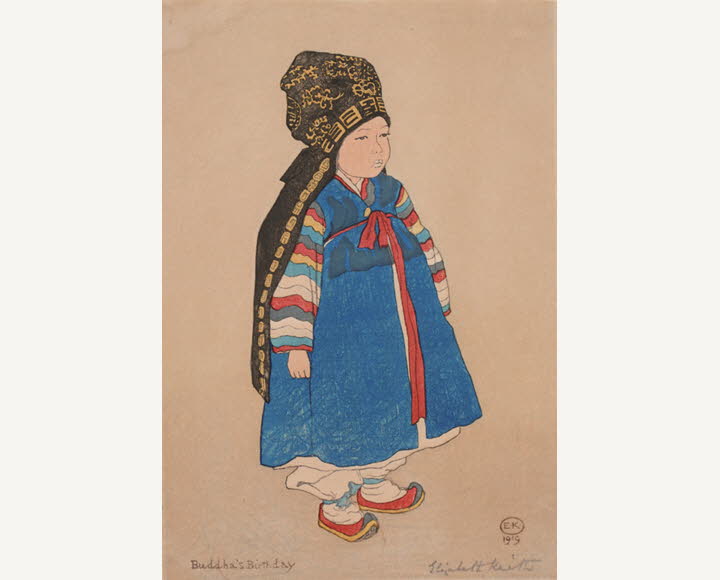
A Child with Bokgeon (Elizabeth Keith)
 Hanbok
Hanbok
It is a hat worn by the Confucian scholars during the Joseon era. Today, boys wear it on national holidays or for dol.
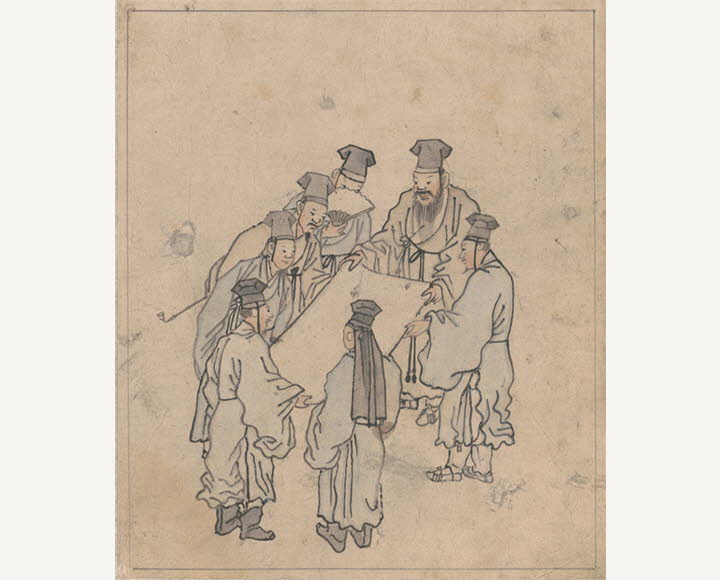
Enjoying the Arts (Gim Hong-do) | National Museum of Korea
 Hanbok
Hanbok
It is a hat worn by the students of Confucianism in the Confucian temples or memorial halls. When worn, it bends to the back.
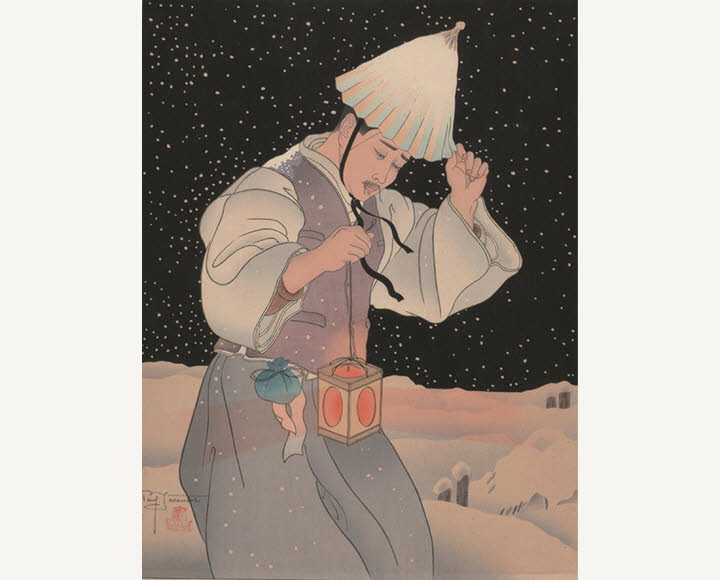
A Man with Galmo (Paul Jacoulet)
 Hanbok
Hanbok
It is a hat worn over a gat when it's rainy or snowy. Although itis made of hanji, but it does not get wet as it is coated multiple times with soybean oil or perilla oil. It can be folded and easily carried around.
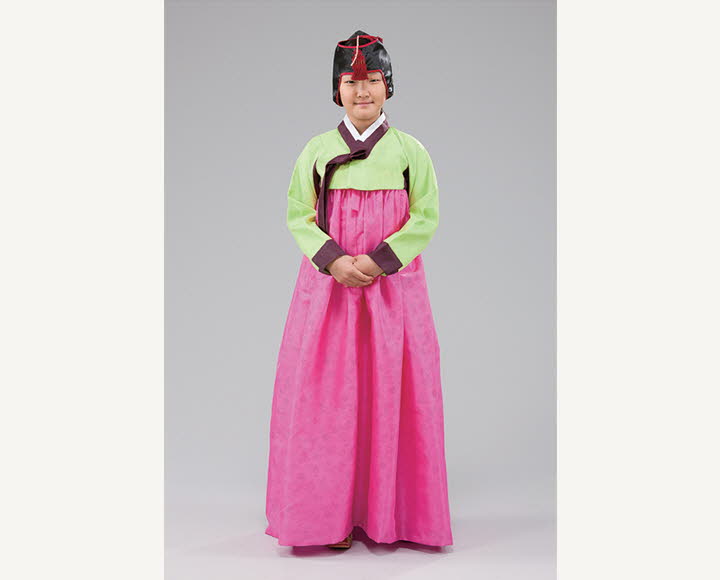
 Hanbok
Hanbok
Jobawi is a winter hat for women that wraps around the face. Girls sometimes wore a jobawi for their first birthday, or dol, with a saekdongjeogori and a scarlet-colored skirt.
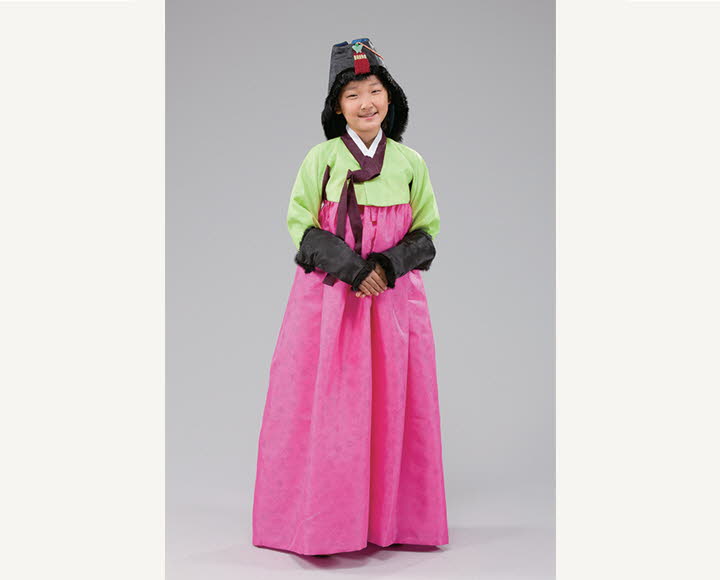
 Hanbok
Hanbok
Nambawi is a winter hat for both men and women. The top is open and the back is covered. Inside the hat is cotton or fur, and the outside was decorated with blue silk and a knot.
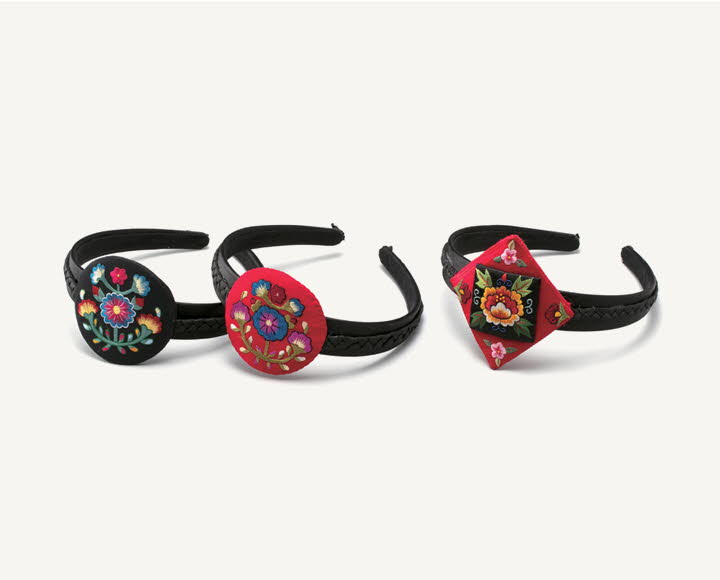
 Hanbok
Hanbok
It is a daenggi decorated with silver cloisonné in the shape of a pear seed. It is put on the bangs for girls with hair that has not fully grown.
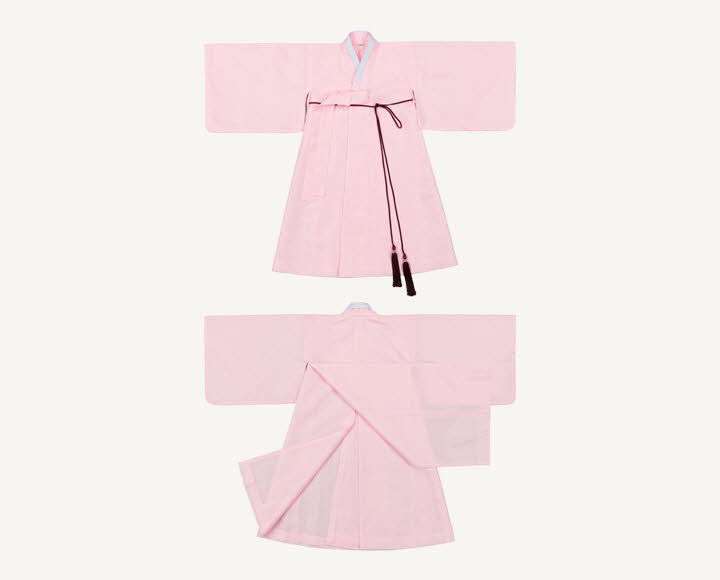 Sejodae
Sejodae
 Hanbok
Hanbok
It is an outerwear that the intelligentsia in the Joseon era wore. The collar is stiff and the sleeves are wide. The design is unique in that it has an extra train on the back.
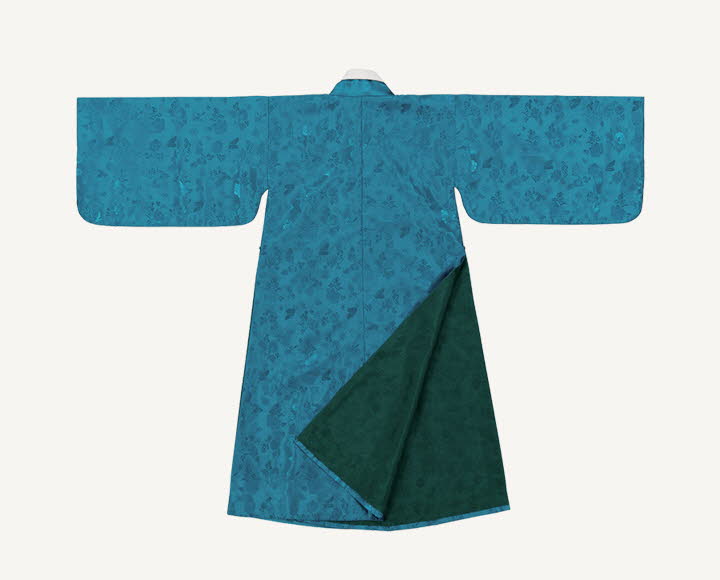
 Hanbok
Hanbok
It is an outerwear that men wore when going outside. It was frequently worn as, unlike a dopo, it had a slit on both sides and wide sleeves to make moving more comfortable.
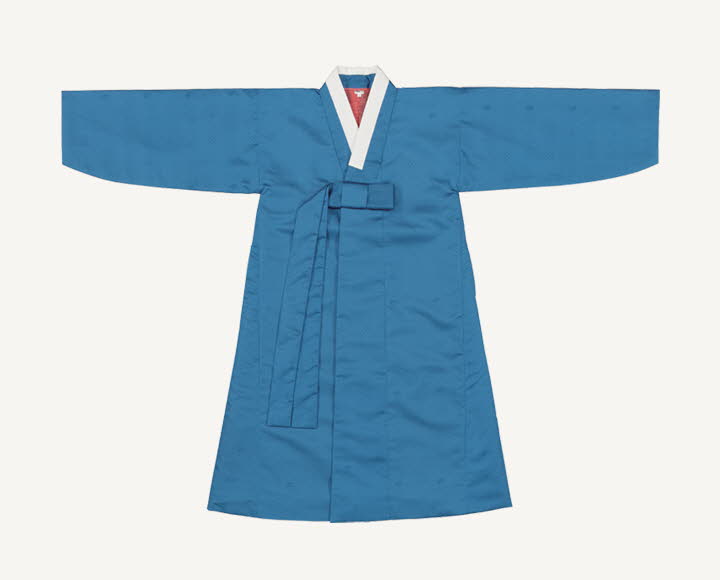
 Hanbok
Hanbok
It is an outerwear worn by both men and women. It is given the name durumagi as it is covered on all four sides.

 Hanbok
Hanbok
It was a shawl that women wore when going outside. Women always wore the shawl as it was considered lack of courtesy to show women's face to men other than the men in their family.
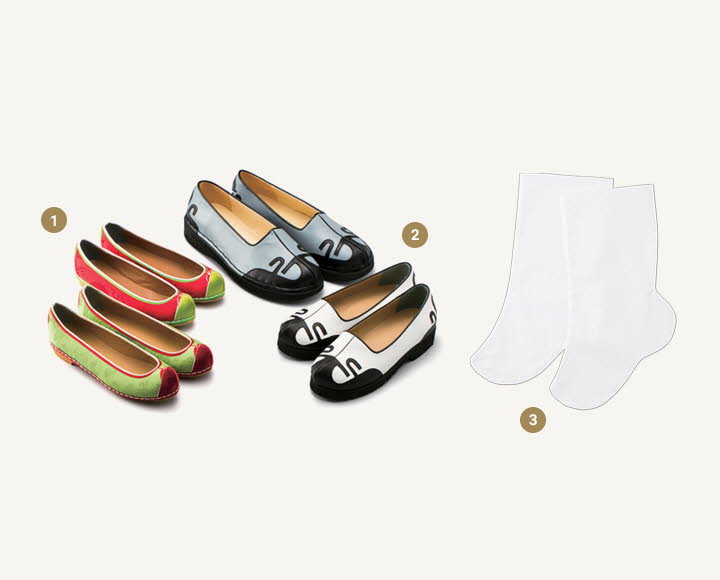
 Hanbok
Hanbok
When wearing hanbok, the shoes had to match the outfit. Women wore unhye, also known as ggotsin, and men wore taesahye.
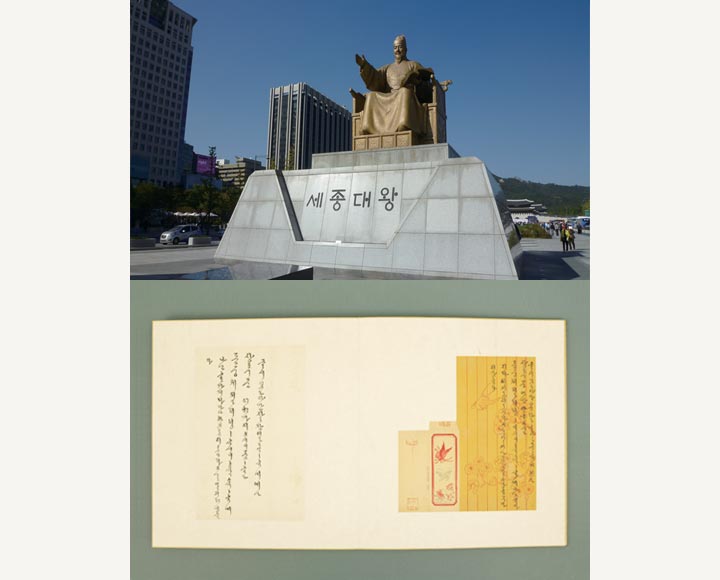
Statue of King Sejong the Great in Gwanghwamun, Seoul
 Annyeong
Annyeong
Hangeul is the unique alphabet used by Koreans. By modeling the body parts that make sounds (mouth, tongue, inside the mouth, and throat), the 17 consonants were created, and by taking the shape of the sky, earth and human, the 11 vowels were made. King Sejong the Great named it Hunminjeongeum, which means correct sounds for the instruction of the people, and published a document under the same name to record its structural principle and the academic background.
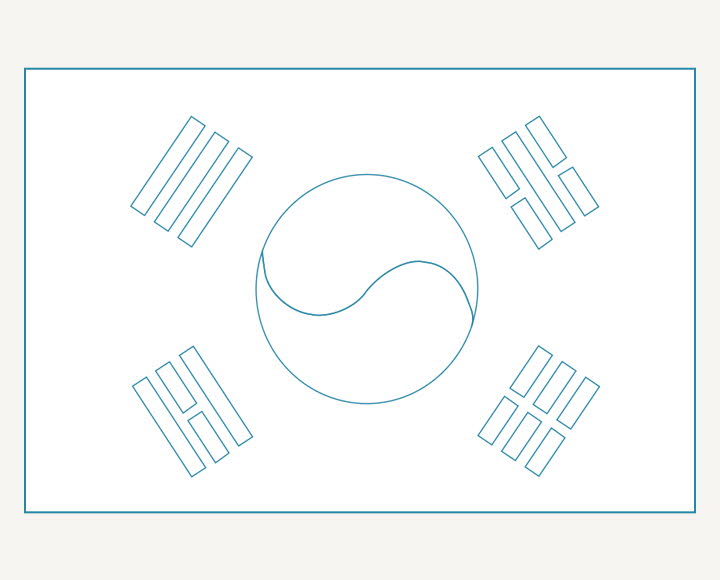 Geon
Gam
Ri
Gon
Yin and yang
Geon
Gam
Ri
Gon
Yin and yang
 Annyeong
Annyeong
Taegeuki is the national flag of Korea. On the white background, there is Taegeuk pattern in the center. Each corner, there is a trigram named "geon", "gon", "gam", and "ri". The white background symbolizes light, purity, and peace, while the Taeguk pattern represents harmony between yin and yang. Geon, gon, gam, and ri in the four corners represent sky, earth, water, and fire, respectively.
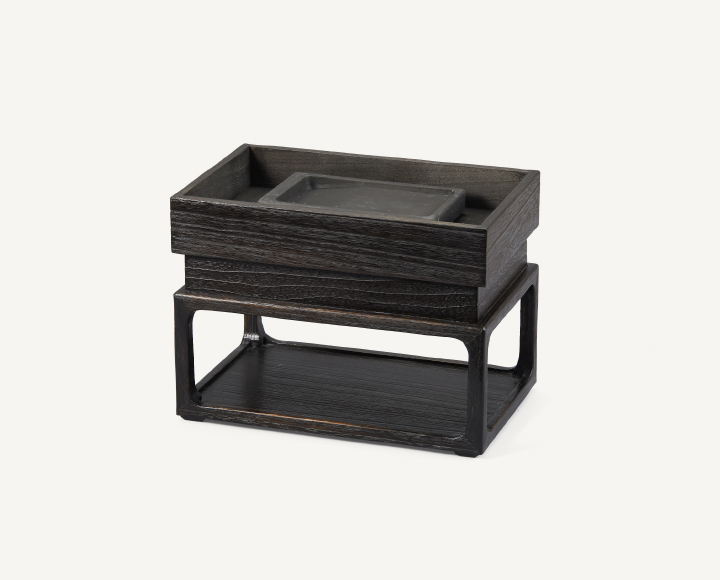
 Sarangbang
Sarangbang
Yeonsang consists of a drawer on the upper part storing an inkstone container and the lower part, in the form of a rack or drawer used for storing an inkstone, ink brush, and/or other stationery items.
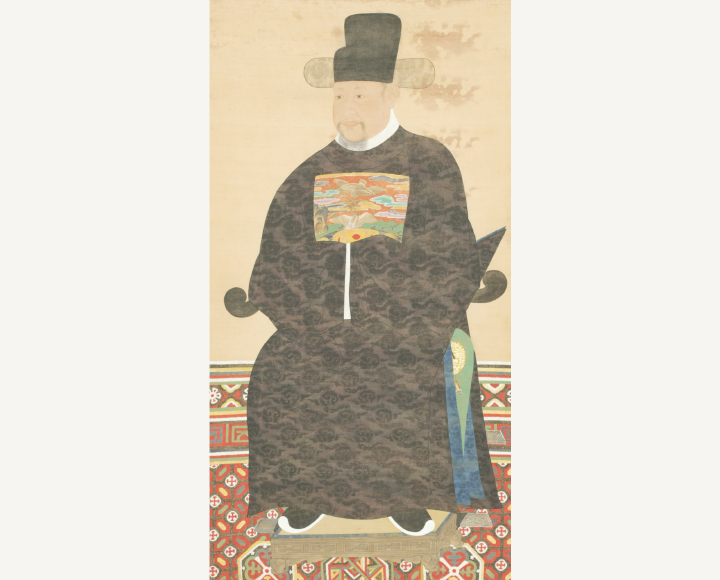
Portrait of Gwon Hyeop wearing a samo
 Sarangbang
Sarangbang
Samo is a formal hat worn with an official’s robe by government officials. Commoners were allowed to wear one only at their own weddings.
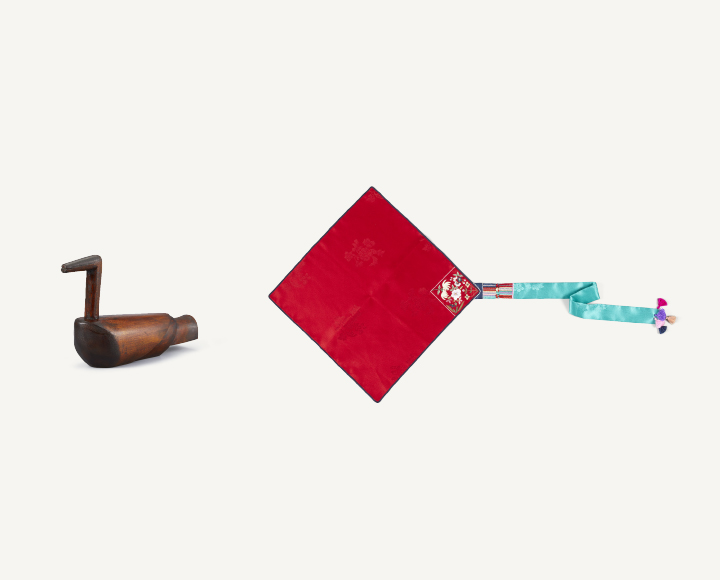 Namugireogi
Gireogibo
Namugireogi
Gireogibo
 Sarangbang
Sarangbang
As part of a wedding, the bridegroom delivered a pair of wild geese made from wood to the bride’s family. The wild geese symbolized a vow to remain in a happy and committed marriage for life, in the same manner as a pair of loving wild geese.
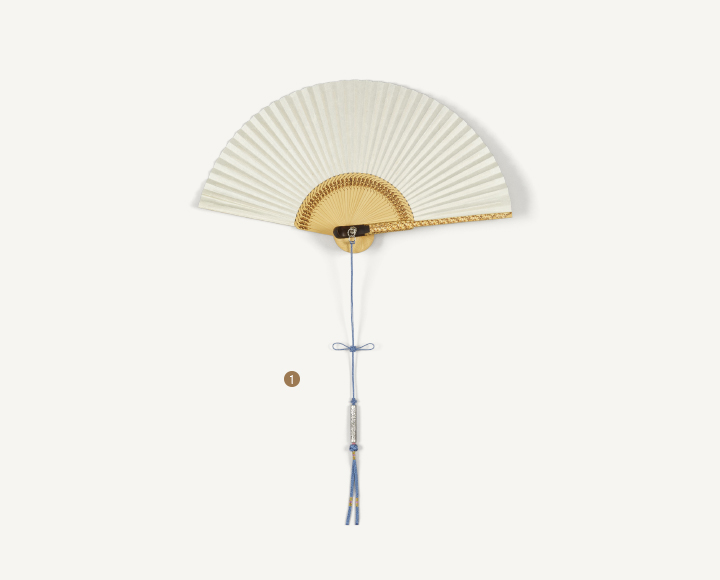
 Sarangbang
Sarangbang
Buchae is a handheld fan-like implement that creates wind through hand-waving. Among a wide variety of buchae, jeopseon is a type that can be folded and easily carried as its sticks and guards (outer sticks) are connected by a rivet.
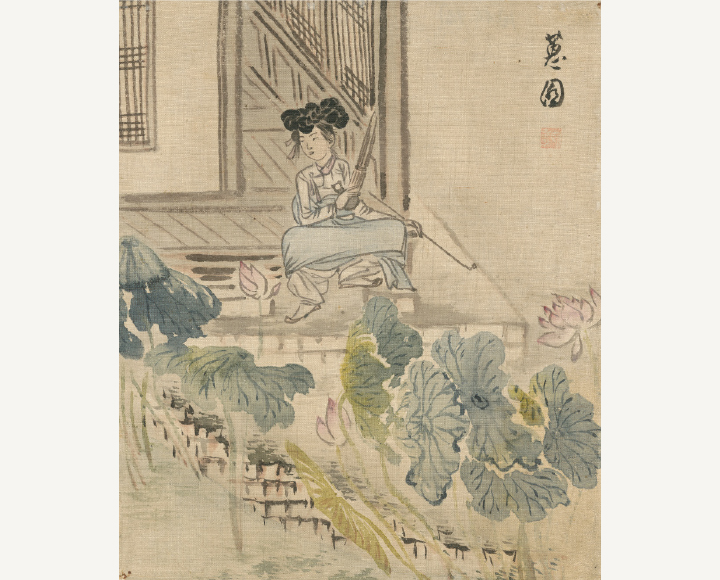
Yeosokdocheop (Album of Genre Paintings on Women) (Shin Yunbok) | National Museum of Korea
 Sarangbang
Sarangbang
Dambaetdae is a tool used for smoking tobacco. Long ones are referred to as jangjuk and short ones, gombangdae.
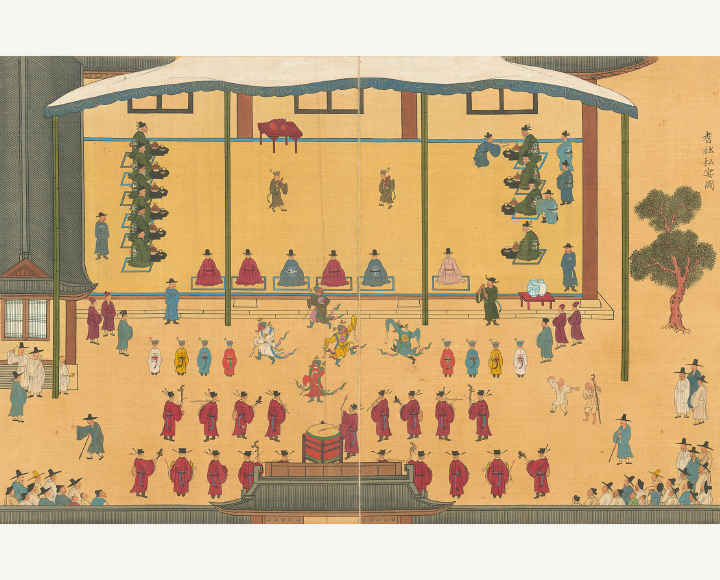
“Private Banquet of Senior Officials,” part of Gisa gyecheop (Album of Paintings of the Gathering of Elders) | National Museum of Korea
 Anbang
Anbang
Baekja is a type of white porcelain made by firing white clay covered with translucent glaze. Hangari, or jars, were used in royal courts and people’s daily lives to safely store food, alcohol, flowers, and other items. They were often placed on top of a piece of furniture.
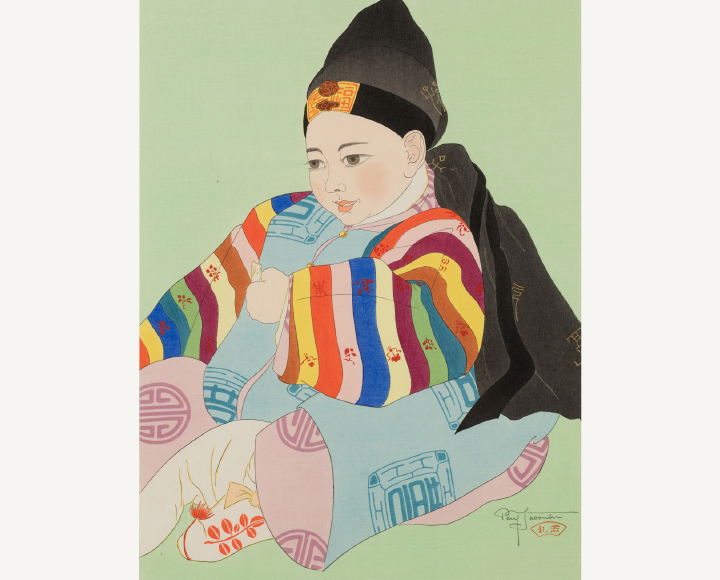
“Korean Baby in Ceremonial Costume, Seoul” (Paul Jacoulet)
 Anbang
Anbang
On their dol (first birthday), a baby wore a special first birthday outfit and a waistband called doltti. The waistband is embroidered with the ten symbols of longevity or words of blessing to wish for the health and good fortune of the baby.